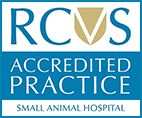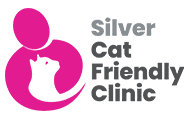Being a Veterinary Surgeon was probably top of the list for lots of us when we were children, who wouldn't love a career working with puppies and kittens all day... right?
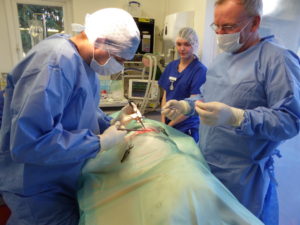
As a vet you have to be a detective, after all your patient can't tell you where it hurts or how they are feeling. Vets cover many different roles here at Brentknoll; they are surgeons, dentists, GPs and animal behaviourists. In just one day they could be in surgery stitching up a nasty wound before a 3 hour long orthopaedic operation to fix a fracture, followed by a dental to remove an infected tooth and scale and polish the remaining teeth. Then, the following day they could be consults, seeing puppies in for their 1st vaccinations, anorexic rabbits and 20 year old cats with complex cardiovascular diseases.
The best part of being a vet, is the range of animals you meet and no two days are ever the same working amidst the mayhem of a busy practice.
Today our vet is on consults, starting at 8:00 am they come in to receive a hand-over from Vets Now (the out of hours team). During the night they have admitted a dog with explosive diarrhoea and a stray cat that no-one can trace an owner for. Our vet must check all of the inpatients, decide a plan of action and update the owners.
Once the inpatients are sorted, it's time to begin consults. At 8:30 am the first appointment of the day arrives, Suzie the 16 year old Westie has a long-term skin problem, caused by allergies to grass and other allergens. Suzie's been chewing her paws and made them very sore, unfortunately she doesn't like having her feet examined... better get the muzzle ready.
The morning is filled with a mixture of animals, displaying a wide range of ailments; each gets 15 minutes with the vet who must try to work out what is wrong and devise a suitable treatment plan.
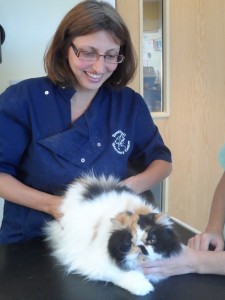
In the middle of a first vaccination appointment, there's a knock on the door from our receptionist; a cat has been rushed into reception after being hit by a car. There's no other vet available, so our consulting vet must make her apologies to the puppy owner and rush to assess the cat's injuries. Unfortunately it's not looking good for the cat, who has a serious head injury and other suspected internal injuries. Our vet takes the cat through to the hospital, where pain relief is given and a thorough assessment made. The nurse has found a microchip so our vet now has to make a difficult phone call to the cat's owner, and tell them that the injuries are too severe and euthanasia is the kindest option. These are the lows that come along with the highs of the job, it's never an easy conversation.
After returning to the consult room, our vet is running 20 minutes behind schedule and apologises to the other clients waiting with their animals. For the rest of the morning there's pressure from running late; our vet does their best to catch up, but it's very difficult when working with grumpy cats, wriggly dogs and trying to solve complex medical conditions.
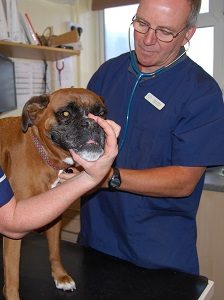 It's 1:55 pm and nearly time to start the afternoon consults. The vet hasn't had lunch yet so grabs a sandwich from the fridge, which they eat sat down at the computer, juggling it with the keyboard they play catch up and type the clinical notes from the mornings appointments.
It's 1:55 pm and nearly time to start the afternoon consults. The vet hasn't had lunch yet so grabs a sandwich from the fridge, which they eat sat down at the computer, juggling it with the keyboard they play catch up and type the clinical notes from the mornings appointments.
Before the vet can call it a day, they must work their way through the 27 messages that have been left for them and the 14 repeat prescription orders. The phone messages alone can take over an hour to get through, there are lab results to check and treatment plans to discuss with owners.
Finally, the list is complete (only an hour late finishing today) and the vet can head home... ready to do it all over again tomorrow.



